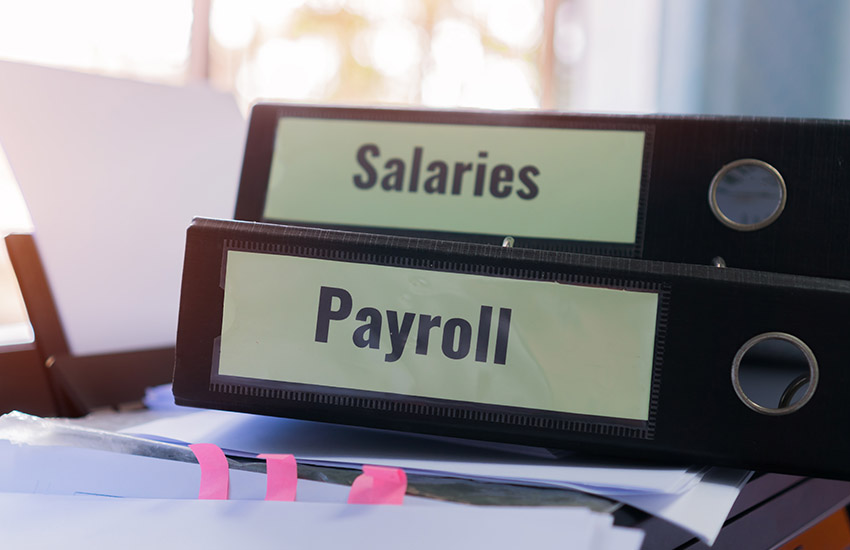Top tips to ensure payroll compliance and clarity for employees
RegulationPromoted by ADP Australia and New Zealand
Avoid the risk of hefty fines and any confusion over payments with these simple tips for payslip compliance and best practice.

As issues with payroll underpayments persist in Australia and a growing number of businesses are fined by the Fair Work Ombudsman, it’s timely for businesses to ensure compliance with all of their payroll responsibilities. A good way to start is by performing a health check of your payslips.
Aside from being a legal requirement for employers, including clear and complete information on payslips is important for employees and could help to prevent or settle any disputes over pay. However, the results of ADP’s Workforce View 2020 Global Research suggest some companies may be failing to provide adequate clarity. The report found that almost a third of APAC employees (29%) wouldn’t realise if they were paid incorrectly and for 11% of these employees it was because their pay or payslip confuse them. This is particularly concerning at a time when many employee are still coming to terms with changes to JobKeeper and may be unsure of their entitlements.
Provide your employees or those of your clients with a better experience by first ensuring compliance with your legal obligations. Within Australia, this includes providing payslips to employees within one working day of their pay day, even when they’re on leave.
Payslips should also be issued electronically or on paper and need to include 11 compulsory items. These include:
1. the employer’s name (e.g. XYZ Pty Ltd trading as XYZ Pie Shop)
2. the employer’s Australian Business Number (if applicable)
3. the employee’s name
4. the date of payment
5. the pay period (the period that the payment is for eg. 24/3/12 to 30/3/12)
6. the gross pay and net pay
7. loadings, allowances, bonuses, incentive-based payments, penalty rates or other paid entitlements that can be singled out
8. if the employee is paid an hourly rate:
- the ordinary hourly rate
- the number of hours worked at that rate
- the amount of pay at that rate
9. if the employee is paid an annual rate (salary), the rate as at the last day in the pay period
10. any deductions from the employee’s pay, including:
- the amount and details of each deduction
- the name, or name and number of the fund / account the deduction was paid into
11. any superannuation contributions paid for the employee’s benefit, including:
- the amount of contributions made during the pay period (or the amount of contributions that need to be made)
- the name, or name and number of the superannuation fund the contributions were made to.
Aim for best practice, not just compliance
While it’s important for all of these items to be included on payslips, it’s equally important for them to be understood. Issue your payslips in an easy to read, printable format. You should also take care to issue payslips in a secure and confidential manner and make sure employees can access and print these in private.
To learn more and see an example of a best practice payslip, visit our website. You can also contact ADP to learn how we can help you to simplify payroll and manage compliance. Contact us today.



You are not authorised to post comments.
Comments will undergo moderation before they get published.